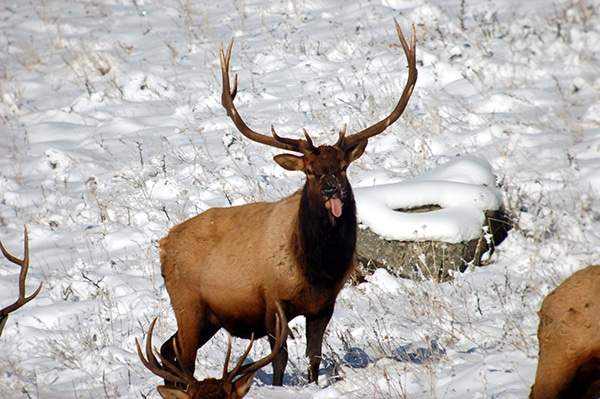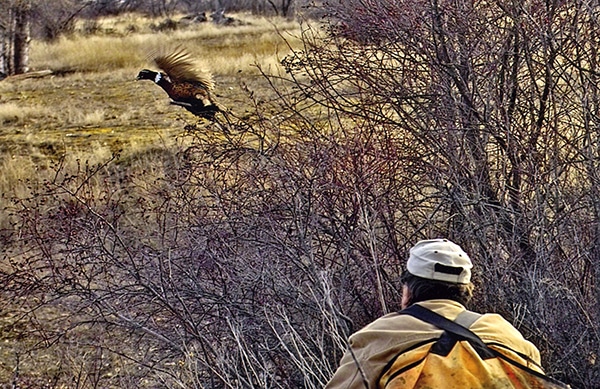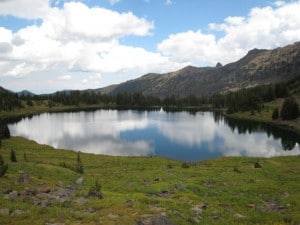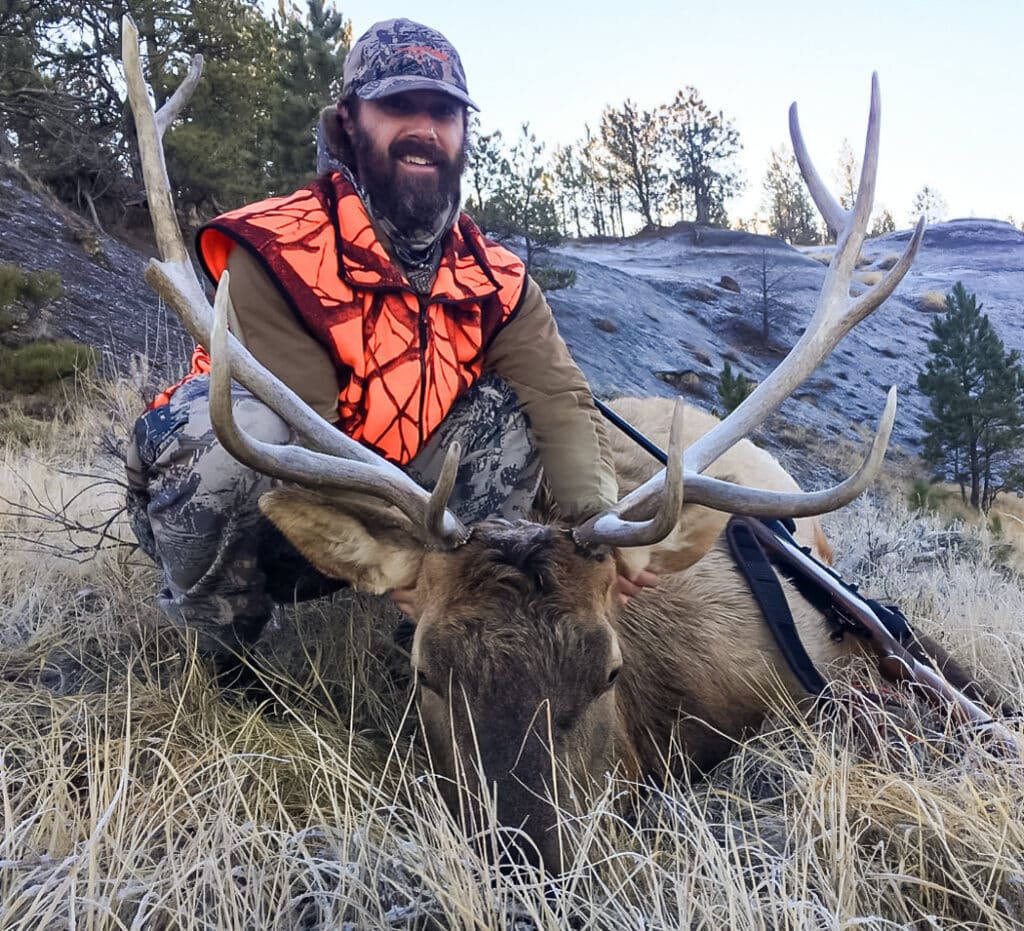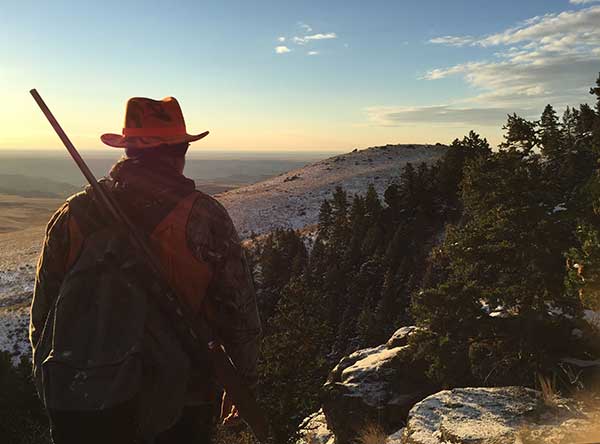
Hunters and anglers thank Montana delegation for their bipartisan support, vow to keep pushing for full funding and permanent reauthorization
Early this morning, congressional negotiators revealed a proposed budget for next year that includes partial funding for the Land and Water Conservation Fund (LWCF), the nation’s flagship program to provide public access to public land. The deal keeps the program alive for three more years and provides $450 million in funding for the next year. However, it falls short of what Montana hunters and anglers have repeatedly requested.
Created 50 years ago, the Land and Water Conservation Fund provides critical funding to Montana and every other state to improve access to public lands, parks and waterways. LWCF directs funds from offshore oil and gas royalties to support land conservation and public access. However, Congress has diverted more than half of these funds away from conservation purposes over the past half-century.
Though temporary reauthorization and partial funding are welcome, many Montana hunters and anglers want Congress to permanently reauthorize the LWCF and fully fund the program.
“The Land and Water Conservation Fund is crucially important to Montana’s hunters, anglers and everyone who enjoys our outdoors,” said Kathy Hadley, president of the Montana Wildlife Federation. “We’re grateful to Senator Jon Tester, Senator Steve Daines and Congressman Ryan Zinke for their support for permanent, full funding. We will continue to work with them to push the rest of Congress to get the job done.”
“We applaud the Montana delegation’s leadership in supporting this important program for sportsmen. However, reauthorization of the Land and Water Conservation Fund is only the first step,” said John Sullivan, co-chair of the Montana Chapter of Backcountry Hunters & Anglers. “We look forward to working with the delegation to ensure that the LWCF is fully funded at $900 million, as a conservation program is useless without funding. Public access is too critical an issue to ignore.”
“While we’re pleased the Land and Water Conservation Fund will serve Montana for a bit longer, we are disappointed that some negotiators in Congress still think they can get away with weakening one of our nation’s most successful programs,” said John Gibson, president of Public Land and Water Access, Inc. “This budget deal is like temporarily unlocking an illegal gate to our public lands. We need that gate torn down.”
“I’m encouraged that we made it this far, thanks to the bipartisan work of Montana’s congressional delegation,” said Jim Vashro, Flathead Wildlife, Inc. “We want to remind all lawmakers in Congress that the Land and Water Conservation Fund deserves much more than a temporary fix.”
Congress is expected to pass the extension of the LWCF, which is part of a broader, bipartisan funding proposal, this week.

